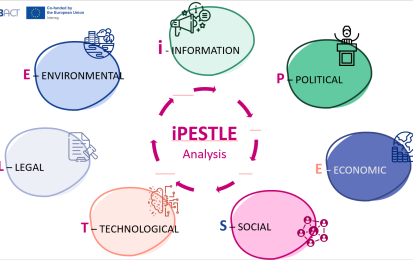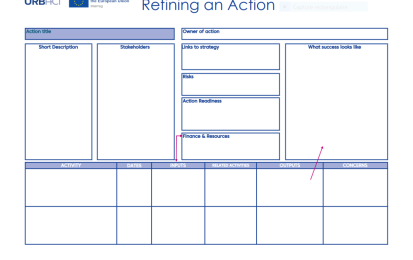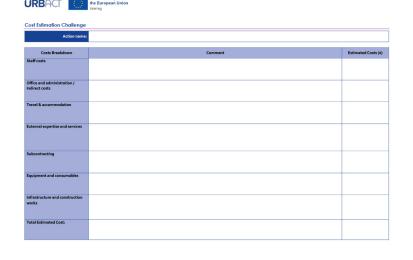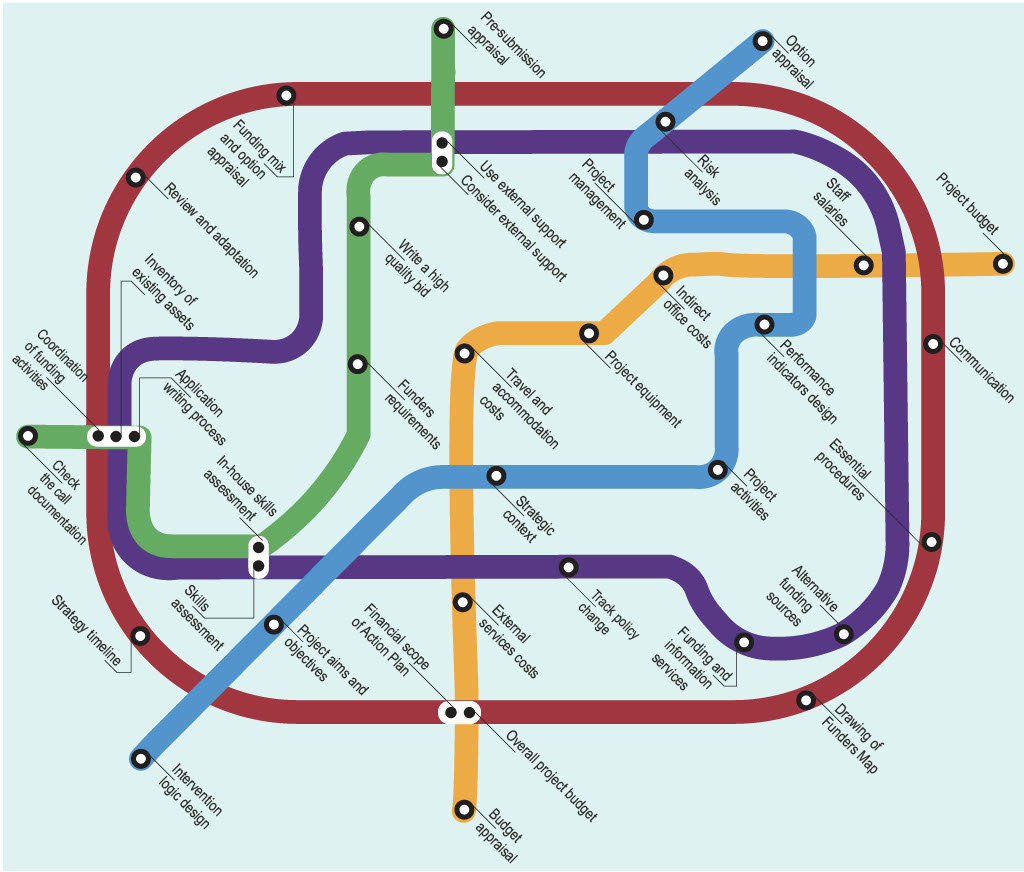As cities across Europe navigate transformative urban changes, finding the right resources to fund and support these ambitions remains a significant challenge for city administrators and project managers. While financial landscapes continue to shift, and local needs evolve, the need for practical, accessible tools that provide clarity and support in developing effective funding strategies is becoming increasingly essential. This is where the URBACT’s toolbox comes into play - offering a comprehensive range of tools designed to guide cities in refining their action plans, analysing local conditions, and developing robust funding strategies.
Zooming in: a selection of useful tools for cities
To highlight the value of these tools, let’s explore a few key examples from the URBACT toolbox.
All these tools have been robustly tested and used by the cities involved in the Action Planning Networks as part of their training at the “URBACT Campus”, that crossed 18 countries in the autumn 2024, bringing together partners at national or macro-regional level to prepare them for the last steps of their Integrated Action Plans co-production process.
Here’s how these key tools can support cities in building sustainable and well-funded strategies.







